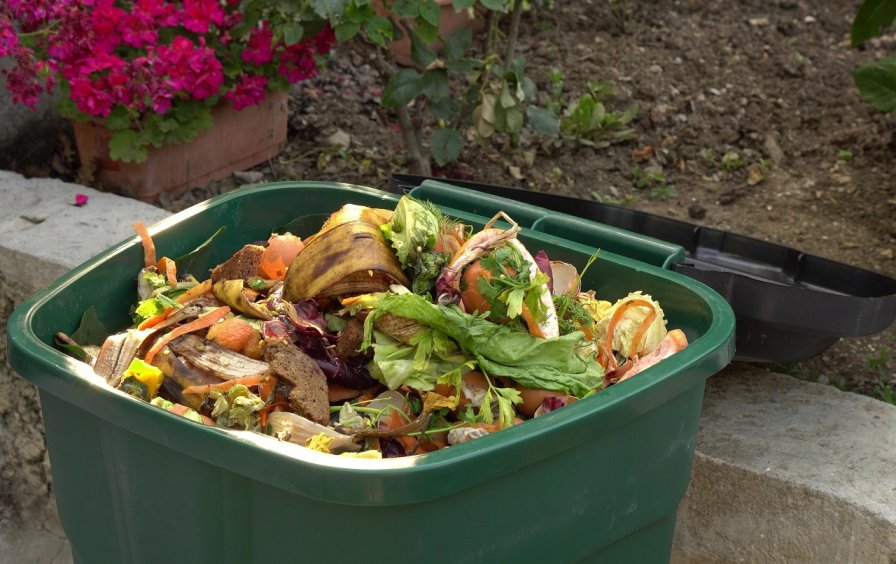Why not add these to compliment your wheelie bins?
Your basket is currently empty.
Shop NowBest Price Wheelie Bins Guaranteed! Find the same bin for a cheaper price and we will beat it!

Slim My Waste - Feed My Face was a food waste trial that was run in South Bristol last October by the Bristol Waste Company. The project was run in the Hartcliffe area of the city, which ranks as one of the most deprived areas in England.
The aim of the project was to get people thinking about how they could reduce their weekly food waste, including making sure that food waste wasn’t put in their black general waste bin, and putting it into their personalised brown food caddies instead.
The average family in Bristol throws away £60 worth of food every month, and the energy generated from food waste can actually power the city. These are just 2 reasons why the project was run.
What does it involve?
Residents who participated in the programme received tape and a sticker for their black bin, indicating that no food waste is accepted in the bin. Every household also got a set of fun face stickers to decorate their food waste caddy.
The project playfully suggested that residents should put their waste bins on a ‘no food diet,’ (Slim My Waste) and become more engaged with their caddies by personalising them with stickers (Feed my face).
The results of the project
The initial results of the trial showed that there were high levels of engagement with the trial scheme and there was a massive 87% increase in the amount of food waste collected.
There was also a 9% increase in the amount of people using food caddies and a 10% decrease in general waste compared with the month before the trial started. Nearly 1,000 new food caddies were given out during the trial.
The Managing Director of Bristol Waste said the company is very encouraged by the results and they are considering rolling the initiative out to other parts of the city.
The ‘slim my waste’ tape that was applied to wheelie bins had an impact and was a visual prompt to avoid putting food waste in the general waste bin.
As well as providing participants with the bin stickers, the campaign used social media, held information events in a local supermarket, carried out household leaflet drops, and held educational workshops and assemblies in a local school.